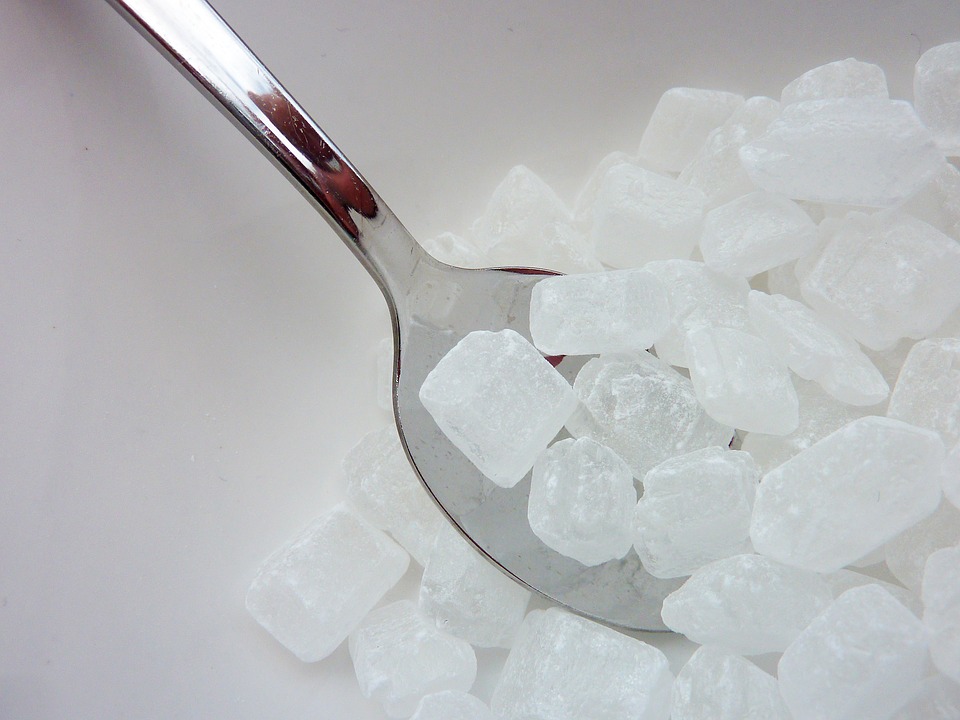China’s sugar price
stays at a high level during 2017, supported by low supply, higher production
costs, and less smuggling. This trend is opposing the global one, where
oversupply is putting pressure on prices.

China’s
sugar price has developed significantly from USD821/tonne in January 2016 to
USD1,003/tonne in December 2016. In 2017, the price remained on a high level,
fluctuating around USD960/tonne most of the time.
According
to market intelligence firm CCM, the price of sugar in China remains high
because of four major reasons.
First
of all, the supply of sugar in China is comparatively low, with
inventories are running out of stockpiles. China’s production capacity is not
used completely as manufacturers are running on a low level. Additionally, the
largest festival in China is approaching, the Chinese New Year will bring huge
demand for sugars in beverages and food, which will lead to a peak of sugar
demand for Chinese downstream industries in the coming month.
Secondly,
the national sugar production is estimated to grow much slower than previously
announced in key supplying provinces like Guangxi, the main sugar producing
area in China, responsible for about 60% of the total volume in China. This new
expectation is adding pressure on the actual sugar supply and hence on the
price of sugar in China itself.
The
third main reason for high sugar prices can be found in the higher production
costs in the middle kingdom, caused by sugarcane prices. The sugarcane
procurement price for 2017/18 has been set. Sugar enterprises which purchase
sugarcane at a price lower than the pre-set price have to compensate growers
for the price difference. Meanwhile, sugarcane procurement price is correlated
to the pre-set tax-included price of sugar. If the actual sugar price is
significantly higher than the pre-set price, the actual sugarcane procurement
price should also be higher than the pre-set price. Furthermore, due to higher
costs of energy consumption, environmental protection and stuffing, the actual
sugar production costs in 2017/18 will be higher than the figure in 2016/17.
Finally,
China is strengthening the fight against smugglers in the country, which are
getting lots of cheap sugar, mostly from Vietnam, to the country add hence add
pressure on the domestic sugar price. China’s border control has increased
smuggler crackdowns and is announcing success in reducing the amount of
smuggled sugar into China.
The
government suggests that sugarcane squeezing should begin in December this
year, which results in bulk sugar will be put on the market in the same month.
However, only 6 companies are going to squeeze sugar this season, which is only
half the number of last extracting season. That is to say, domestic sugar
supply shortage will not be alleviated until then. Moreover, the price of
starch sugar is rising, and consequently, a greater deal of white sugar will be
used as a substitute. As a result, domestic sugar price is predicted
to remain high in the short run.
China’s sugar import
quota 2018
The
Ministry of Commerce in China announced in October that the country has set the
2018 sugar import quota at 1.945 million tonnes, which remains unchanged from
the quota of 2017. 70% of the sugar quota is reserved for state-owned trade
quotas.
All
imports of sugar exceeding the official annual quota level have been subject to
an additional safeguard charge since May 2017, according to a notice issued by
the Ministry of Commerce. The safeguard charge is to be calculated on the basis
of the duty-paid value as assessed by China’s Customs.
This
safeguard measure is to be in force for three years. The safeguard charge rate
is 45% for one year from 22 May 2017. For the period May 2018 to May 2019, the
charge rate will fall to 40%, dropping to 35% for the subsequent year.
Notably,
sugar imports from certain developing countries and territories are to be
exempt from this safeguard measure.
Global sugar market
witnesses sugar surplus
According
to the International Sugar Organisation, the worldwide sugar output is going to
overcome the demand for the 2017/18 season by about 5 million tonnes. This
sugar surplus will succeed the deficit of 3.1 million tonnes that took place in
the previous season of 2016/17.
The
organisation states, that worldwide sugar production is likely to grow by 6.6%
to 179.4 million tonnes while consumption might just increase by a small number
of 1.7% to 174.4 million.
While
Brazil will remain the largest sugar provider for worldwide markets, the
significant increase of production is mainly driven by new production
capacities of the European Union as well as emerging countries of Asia, like
India, Thailand and China.
Furthermore,
it is predicted that in the season of 2018/19, the sugar production will still
surpass the demand, leading to a sugar surplus of about 3 million tonnes.
With
a second surplus season on the horizon, the imminent picture does not look too
promising for international sugar prices, quite the opposite of the development
in China.
About CCM
CCM
is the leading market intelligence provider for China’s Agriculture, Chemicals,
Food & Feed markets.
Do
you want to find out more about the sugar market in China? Try our Newsletters and Industrial Reports or join our professional online platform today and get
insights in Reports, Newsletter, and Market Data at one place.
For
more trade information on sugar, including Import and Export analysis as well
as Manufacturer to Buyer Tracking, contact our experts in commerce analysis to
get your answers today.